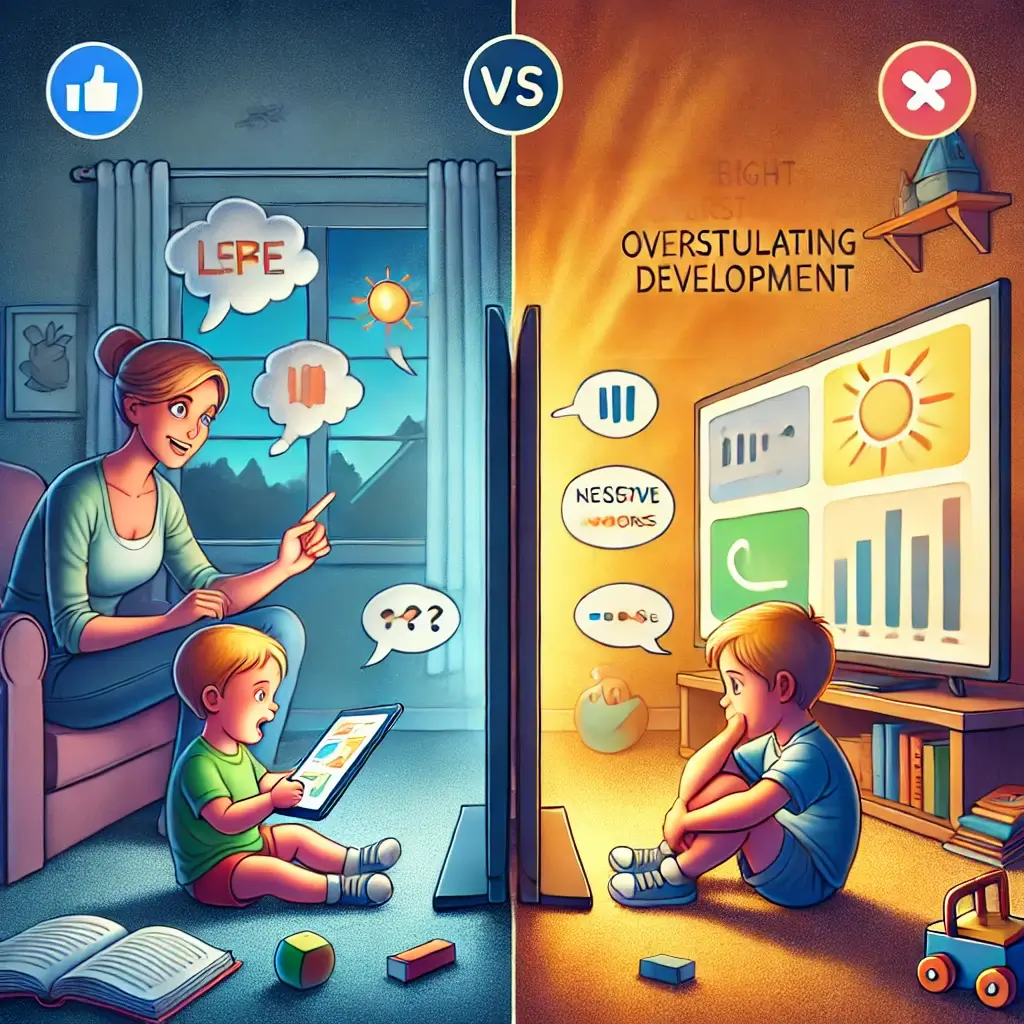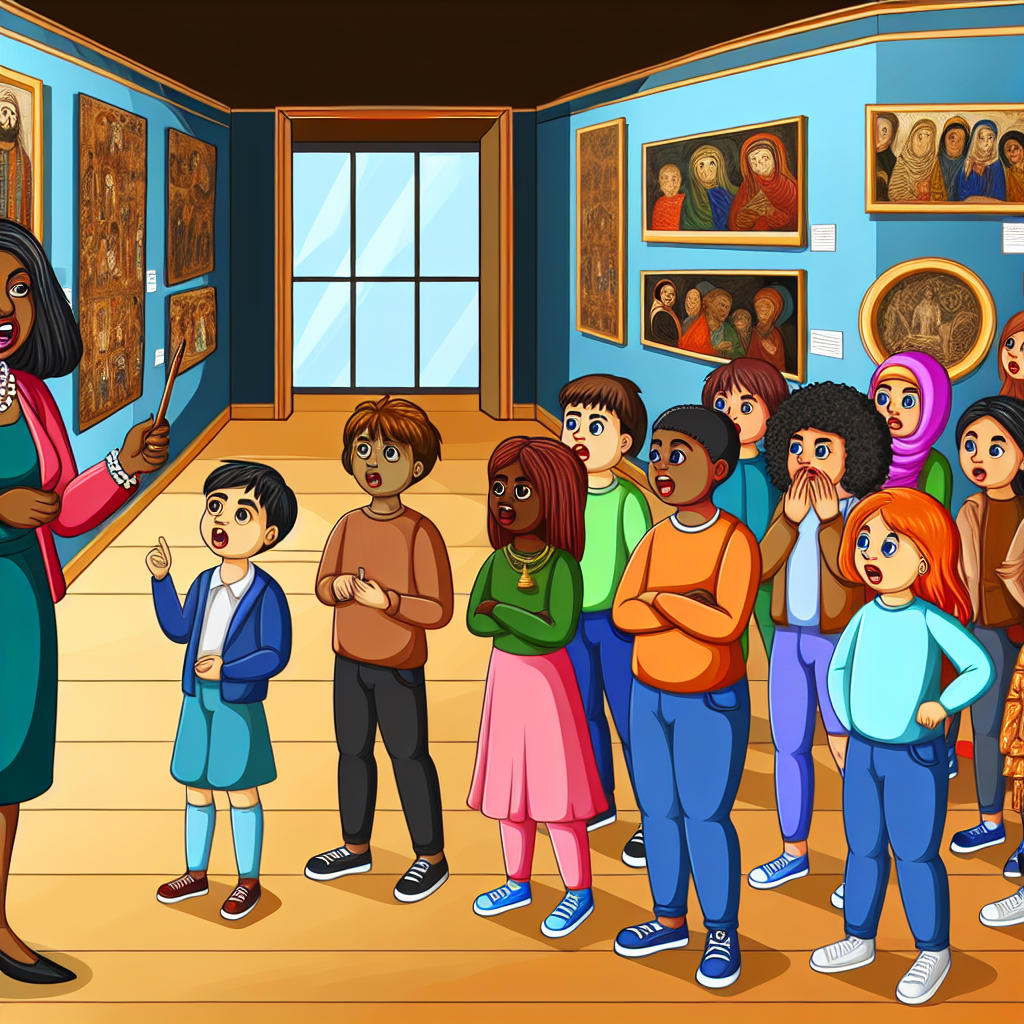The Digital Age Impact on Early Development
As digital devices become more accessible, they are finding their way into the lives of toddlers earlier than ever before. These devices, including smartphones, tablets, and televisions, often serve as tools to entertain or educate children. While this integration offers new learning opportunities, it also raises questions about its potential impact on early language development, a critical milestone in a child’s life.
Natural Learning Process and Screen Time Concerns
The early years of language acquisition are driven by rich verbal interactions with caregivers and peers. These exchanges help toddlers build vocabulary, understand syntax, and develop conversational skills. However, as screen time increases, concerns about its interference with these natural learning processes have grown. Is it possible to balance technology use with the developmental needs of young children? Can screens truly replace the interpersonal interactions essential for language growth?
The Role of Content and Interaction
Recent research suggests that the effects of screen time on language development are nuanced, influenced by factors like content type, the presence of interactive elements, and parental involvement. This article delves into these factors, shedding light on how screens can either hinder or enhance communication skills in toddlers.
Research Findings on Screen Time Impact
Interactive Screen Use vs. Passive Viewing A groundbreaking study published in JAMA Pediatrics (2024) tracked 2,500 toddlers over two years. It revealed that interactive screen use—programs or apps requiring a child’s active participation—positively influenced language acquisition. Toddlers exposed to such content demonstrated a significant improvement in vocabulary compared to those engaging in passive viewing (JAMA Pediatrics, 2024).
Expert Insights on Interactive Media
Developmental psychologist Dr. Sarah Thompson explains, “Interactive media provides opportunities for toddlers to practice language, much like they would during in-person interactions. Passive viewing, on the other hand, lacks these developmental benefits, often leading to missed opportunities for verbal engagement.”
Content Quality Impact Analysis
The type of content plays a crucial role in determining screen time’s impact:
Educational Programs: Studies show that well-designed educational programming can enhance vocabulary and comprehension by 35% compared to generic content (Journal of Pediatric Communication, 2024).
Background Media: Background television or other screen noise often reduces direct communication between caregivers and toddlers, leading to a 40% decline in verbal interaction rates.
Time Management and Language Development
A 2024 NIH study highlighted that toddlers exceeding two hours of daily screen exposure were 65% more likely to experience language delays. Shorter, focused viewing sessions, particularly in the morning, had less impact on vocabulary acquisition compared to longer, unstructured evening sessions.
Identifying Language Development Issues
Speech-language pathologist Dr. Michelle Wong identifies the following signs that may indicate screen-related language delays:
Reduced vocabulary compared to age-matched peers
A preference for pointing or gesturing over verbal communication
Limited back-and-forth interaction during play or conversations
Practical Guidelines for Parents
Parents and caregivers can adopt evidence-based practices to mitigate the risks associated with screen time while supporting their child’s language development:
Screen Time Management
Follow AAP guidelines: Avoid screen media for children under 18 months (except video chatting), and limit screen time to one hour daily of high-quality programming for children aged 2–3 years.
Active Parent Participation
Co-viewing: Watch educational content together, asking questions and discussing topics to encourage verbal responses.
Post-Screen Activities: Reinforce language skills by incorporating screen content into real-life scenarios, such as playing games inspired by a program or acting out stories.
Alternative Language Development Activities
Dedicate time to daily reading, encouraging toddlers to point to pictures and repeat words.
Engage in interactive play, focusing on activities that require verbal communication and turn-taking.
Establishing Screen Time Protocol
Establish screen-free zones, such as at the dinner table or during bedtime routines.
Use apps to monitor and control screen time, ensuring consistent adherence to limits.
Final Thoughts on Digital Integration
The integration of digital screens into toddlerhood presents both opportunities and challenges. While screens are an inevitable part of modern parenting, their effects on language development depend heavily on how they are used. Parents and caregivers hold the power to shape these interactions, ensuring that screen time supplements rather than supplants critical developmental experiences.
Expert Recommendations
By focusing on high-quality interactive content and fostering active engagement during and beyond screen use, families can mitigate potential risks. As Dr. Emily Roberts from the Child Development Institute advises, “A balanced approach to technology use can empower children to thrive in both digital and real-world environments, fostering the language skills essential for their future success.”
Research Citations
JAMA Pediatrics. (2024). “Interactive vs. Passive Screen Time in Toddlers.”
Journal of Pediatric Communication. (2024). “Effects of Screen Content Quality on Early Childhood Development.”
NIH Toddler Development Study. (2024). “Screen Time and Language Delays: A Longitudinal Analysis.”
American Academy of Pediatrics Guidelines. (2024). “Screen Media Recommendations for Young Children.”
Child Development Institute Research Review. (2024). “Language Development in a Screen-Driven World.”

Dominic E. is a passionate filmmaker navigating the exciting intersection of art and science. By day, he delves into the complexities of the human body as a full-time medical writer, meticulously translating intricate medical concepts into accessible and engaging narratives. By night, he explores the boundless realm of cinematic storytelling, crafting narratives that evoke emotion and challenge perspectives. Film Student and Full-time Medical Writer for ContentVendor.com



